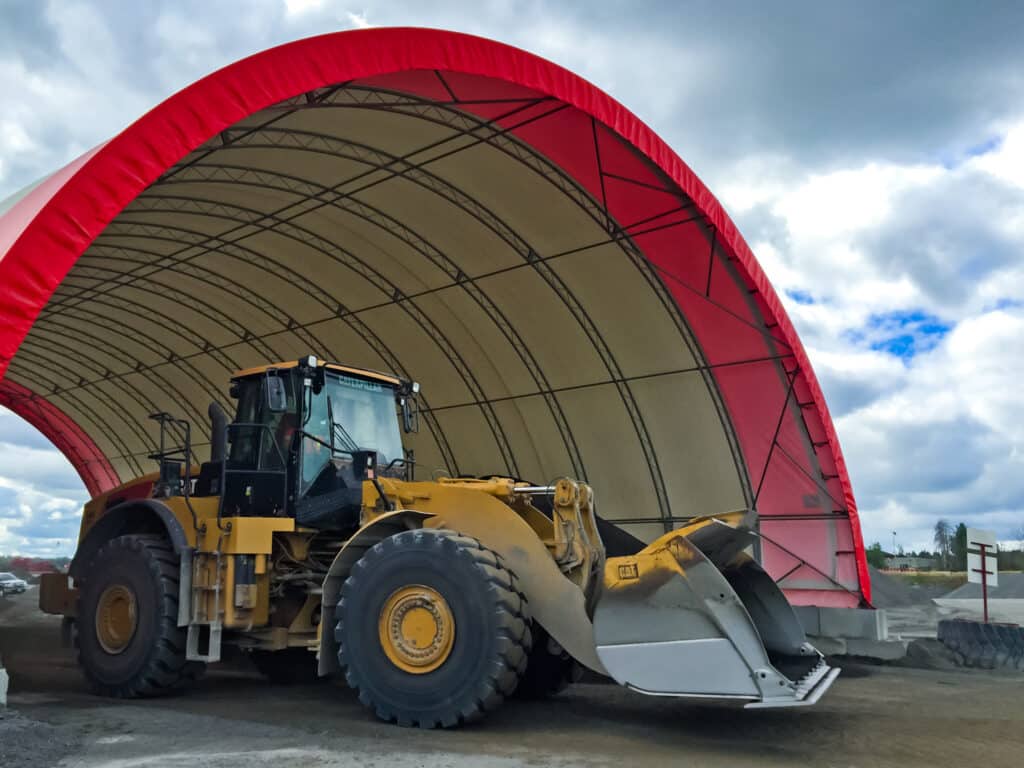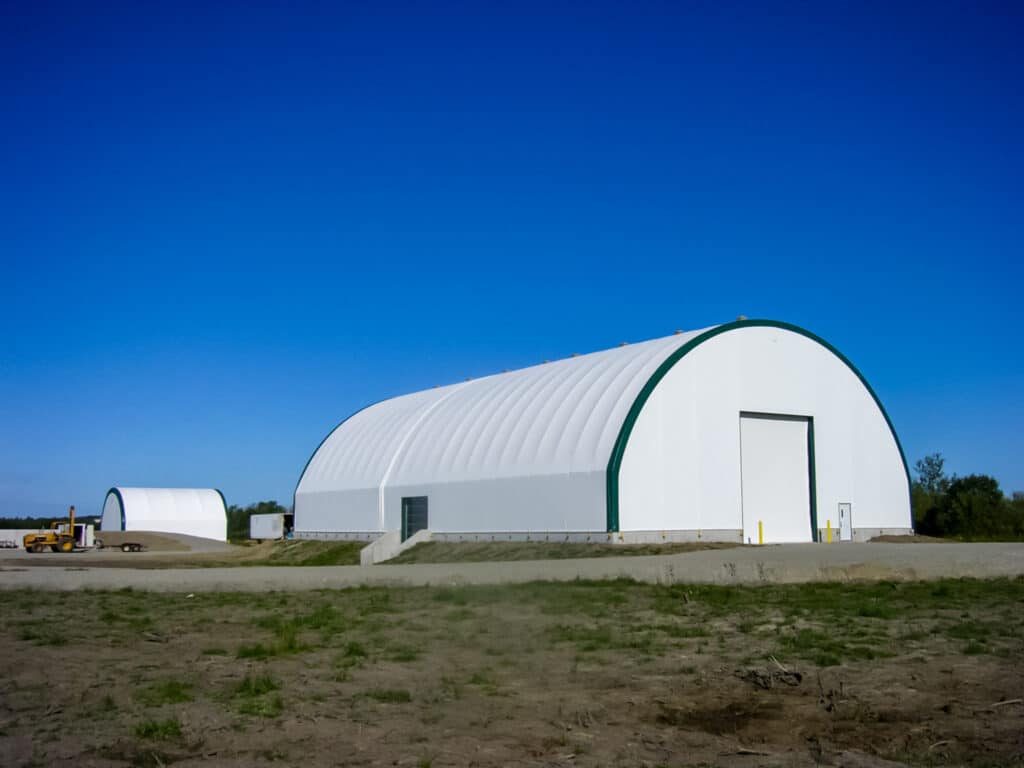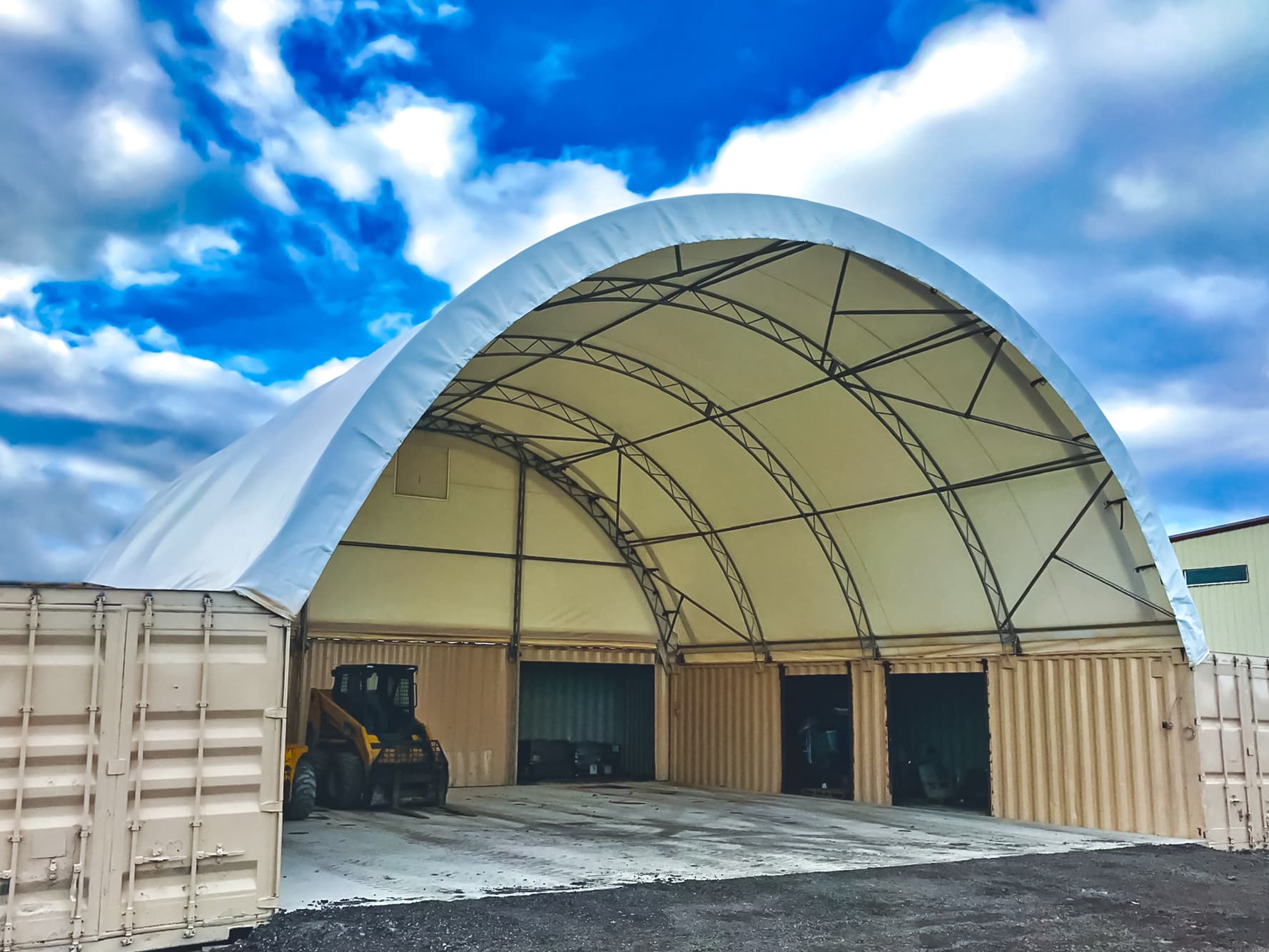Tensile fabric structures, also known as tension structures, are an architecturally inventive form of construction art that allows designers and users to create a range of free-form canopy patterns by using membranes.
Tension structures are designed and built to comply with current international structural, weatherproofing, natural force, and fire retardant standards. These fabric structures can outperform traditional structures in adaptability, portability, and strength. The benefits of using tensioned fabric structures include:
Tension Structures Allows Natural Light
 The transparent fabric used for tension structures allows natural light to enter through the canopy. This makes this fabric an excellent choice for energy-saving applications and financial decision-making, as users will save money on lighting and power.
The transparent fabric used for tension structures allows natural light to enter through the canopy. This makes this fabric an excellent choice for energy-saving applications and financial decision-making, as users will save money on lighting and power.
Tension structures are an excellent option for customers interested in building greenhouses or structures requiring high light and visibility.
An added benefit of a large amount of natural light is that the fabric construction can maintain a comfortable temperature in both winter and summer, using less energy to operate heating and cooling systems.
Natural light helps improve mental health, workplace productivity, and sleep quality. All of these benefits will help your labour.
Provides Users With Versatility
Designers, engineers, and architects can explore and develop novel ideas by incorporating a visually appealing and functional structure made from tensile fabric. Tensile shade structures can pioneer new design concepts and be employed for various applications.
The adaptability and functionality of tensile fabric make structures made with this fabric ideal for several outdoor applications, including walkways, dining areas, swimming pools, exhibits, warehouses, and sports stadiums. When these structures are designed and constructed correctly, they can provide various benefits.
Tension Fabric Structures Create Visually Appealing Art
Architects, designers, and landscape architects value the opportunity to experiment with the forms and shapes they can produce using tensile fabric. You can design and create unique ideas to help transform commonplace spaces into dynamic art shows by manipulating the structures, layers, and graphics.
Tensile fabric constructions can be used to benefit visitors or even as farm storage for drying animal feed during the winter and summer months.
Tensile fabric structures can be used for:
- Portable and long-warehouse buildings
- Temporary storage
- Outdoor venues — music concert stage covers
Tension Fabric Structures Reduce Installation Time
 Tension fabric structures are faster to design, fabricate, construct, and install than traditional structures.
Tension fabric structures are faster to design, fabricate, construct, and install than traditional structures.
Multiple structures can be pre-engineered before being delivered to the site, speeding up the total installation time.
Tensile fabric is manufactured within the factory and transported as enormous panels to the construction site, covering thousands of square feet. Site tasks such as soil and rubble removal, pouring of foundations and flooring slabs and screeding, and erecting structural frames can be achieved while the fabric panels are being fabricated.
Tension Fabric Structures are Cost-Effective
Tension fabric structures are more cost-effective than traditional rigid constructions when a prominent, clear-span structure is needed. The cost of fabric structures varies by the type of structure required. Pre-engineered frame structures and air-supported fabric structures are less expensive than custom fabric structures.
The price of these structures depends on the following factors:
- The type of tensile fabric needed
- The kind of lighting needing to be installed
- The type of HVAC system required to be installed
Conventional brick-and-mortar structures the same size as tension fabric structures will always be more expensive than tension fabric structures.
Low Maintenance
Tensile membrane structures are robust and resistant to adverse weather conditions such as snow and heavy rain. These structures can outlast traditional roofs and do not require additional materials or substantial maintenance costs and crews.
Tension structures work exceptionally well in wilderness environments, where you need to secure wildlife and minimize disturbance to the natural environment.
Finely-constructed tensile covering of these fabric buildings requires little to no maintenance in environments with salt spray, chemicals, and blowing sand and debris.
Safe and Durable
The unique mix of construction, design materials, and environment allows professionals to use tension structure construction worldwide to work within challenging and extreme environments and climates.
Special corrosion-resistant and UV-safe coatings are applied to the tension fabric. These fabric structures are built to strict construction standards, allowing them to be erected securely in inaccessible locations.
Allows for Easy Changes
Tension fabric buildings are ideal for facilities subject to frequent design changes. Tension fabric buildings are more convenient than traditional structures as they can be altered or updated to fit the new requirements.
Final Thoughts
Tension fabric buildings provide professionals with a lightweight building choice that will become a popular option as the global movement towards sustainable construction picks up pace.
The benefits and range of potential construction options make tension fabric structures an excellent replacement for brick-and-mortar structures.
Tension fabric structures are perfect for large groups of people and remote working environments.
You may be interested in:
